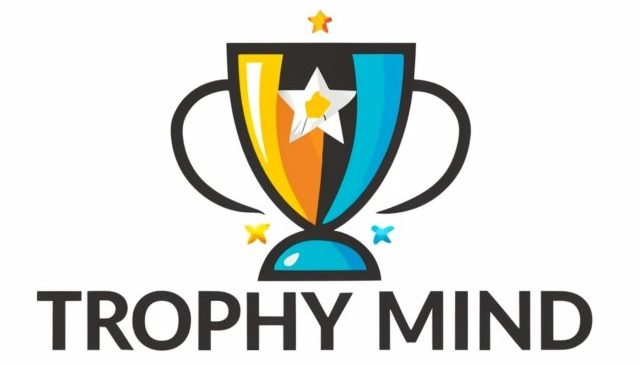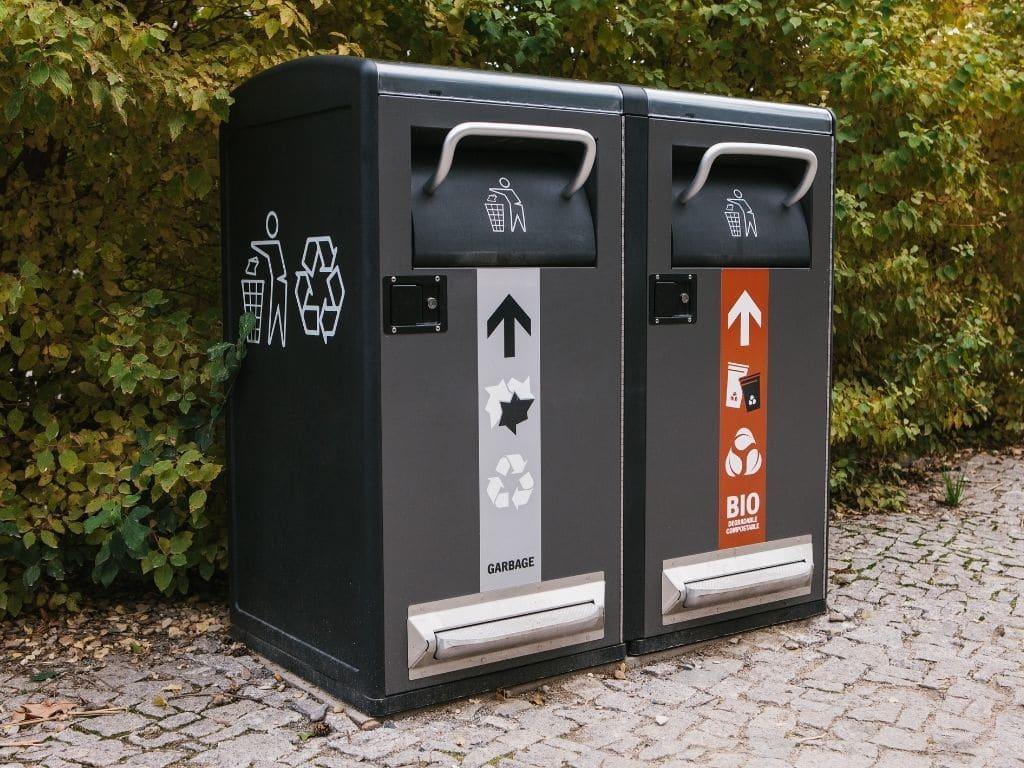8 Innovative Ways To Use Technology In Education

Technology is a powerful tool that can help teachers deliver better lessons and engage students in classroom learning. But sometimes it can be hard to implement.
That’s why it’s important to consider innovative ways to use technology in education. These techniques will improve student learning and keep your classroom exciting!
1. Deliver Content Through Smartphones and Tablets
Technology is transforming the way students learn and teachers teach. From encyclopedias to card catalogs, traditional tools are being replaced by computers and tablets that offer up search results in seconds.
While digital learning has its pros, it also presents unique challenges that should be addressed to ensure a successful education for all. These challenges include creating mobile learning platforms that are accessible for all students, ensuring student safety when using devices and providing feedback to teachers immediately after lessons.
One innovative way to deliver content through smartphones and tablets is by utilizing educational apps that are available in the app store. These can range from apps that give students vocabulary practice to games that test their knowledge of a topic.
These apps can also be used to create a discussion group or “back channel” for students who are reluctant to participate in class discussions. These apps make it easy for students to communicate with teachers and receive instant feedback whenever they need it.
2. Create Virtual Classrooms
In a virtual classroom, students and teachers can communicate via videoconferencing. They can also access the same digital content and resources as in a physical classroom.
In addition, virtual classrooms are cheaper and more flexible than traditional classes. They allow instructors to reach a wide range of people around the world.
One key to making a virtual classroom work is to make sure that it is engaging and interesting for students. This can be done by using different visuals to keep learners focused and engaged with the class content.
For example, a whiteboard can be used to create many different exercises and interactive games during the course of a virtual classroom. It can also be used to highlight certain ideas that students should pay attention to throughout the lesson.
Another way to keep students engaged is to offer them a reward system for good behavior or participation in the class. This can be in the form of prizes or additional material that they can use to reinforce their learning.
3. Implement Online Grading Systems
Online grading systems are a great way to keep track of students’ progress. They allow teachers to record grade entries quickly and efficiently, and they’re easy to use on multiple devices.
Using online grading systems can also help educators to stay consistent with their grades and uphold equity for all students. This can help to minimize grade inflation and failure rates, and it can also strengthen teacher-student relationships.
Another advantage of implementing an online grading system is that it saves space in the classroom. This is especially important for schools that have a limited amount of available desk space.
In addition, a good online gradebook can allow teachers to enter and compare data on different types of assignments, including essays, projects, and tests. It can also allow teachers to annotate student work and add photos.
While many educators have reservations about grading online, there are some innovative ways to implement this system that can be beneficial for students and teachers alike. These include:
4. Implement Differentiation Throughout Instruction
Differentiation in education means providing different learning tasks and activities to meet the needs of students at various levels and interests. It is a way to address gaps in learning and to support students who are struggling.
A classroom with technology allows teachers to easily implement differentiated instruction throughout the day. Students can access content in a variety of ways, including audiobooks or online resources, and they can work at their own pace during assignments.
Using technology to implement differentiation is also an effective way to increase student engagement and improve overall academic achievement. By delivering content in different ways, teachers can help each student learn at their own pace and reach their academic goals.
Differentiation can be a challenge, but it is important for teachers to do whatever it takes to provide each student with the best education possible. This is especially true for students who are considered high achievers, English language learners, or have special needs.
5. Create Digital Signup Forms
Sign up forms are a great way to capture email addresses and names from website visitors. They can be integrated into a website or shown as a popup. They can also be used to collect information for group sign ups, subscriptions, and memberships.
One of the most effective ways to get people to fill out a form is to create a value proposition that is clearly and directly linked to the benefits for them in signing up for your newsletter. This is a great way to increase your sign ups without overwhelming your visitors.
Another great option is to make your form the first thing your visitors see when they land on your website. This is called a splash page and can be a powerful tool for boosting your sign ups.
6. Encourage Student Creativity
Creativity is an important skill to encourage, and technology can provide students with a platform for creative exploration. It can also help them learn through curiosity and collaboration.
Research shows that creativity can improve students’ learning outcomes. In particular, students who use transformative technologies to learn are more likely to develop problem solving skills.
Researchers found that teachers who are able to incorporate creativity and transformative technology in their instruction were 10 percent more likely to see improvements in their students’ problem-solving abilities than teachers who did not.
In addition, the study found that students who participate in interactive learning environments – such as video games and simulations – are more creative than those who do not. In this type of environment, learners are allowed to explore and experiment with new ideas, and they have the freedom to make decisions and implement their solutions (Hamstra et al., 2014; Ke et al., 2020).
Creating a creative culture is important for student success. This includes encouraging creativity in every aspect of school life and making it part of the school culture on a consistent basis, rather than just when there is an opportunity to do so.
7. Encourage Communication Between Students and Teachers
Communication between students and teachers is an essential part of student success. It ensures that all students get the help they need, when they need it.
In addition, it allows students to work at their own pace and learn in a flexible environment. It also provides teachers with the opportunity to differentiate instruction throughout the school year.
Technology can also be used to encourage student collaboration. Through online lessons and learning games, students can form groups and support one another as they learn new concepts.
This can improve overall student engagement and increase academic achievement.
Additionally, educational technology can be used to track student progress in real time. This helps teachers to identify any areas that need additional attention or assistance, and it can enable them to adjust lesson plans and homework assignments based on their students’ needs.
Teachers can also use technology to communicate with parents. Using texting apps, such as Remind, can be an effective way to reach parents on a regular basis and give them the updates they need.
8. Create Interactive Exit Tickets
Exit tickets are a great way to assess student learning at the end of a lesson. They provide feedback on what students have learned, identify gaps in knowledge and give teachers a chance to make lesson plan changes.
Some exit tickets can be as simple as a paper and pencil question, but others are more interactive. For example, you can use a digital app that allows students to submit their answers electronically.
This can be helpful for English language learners or students with IEPs. It also offers teachers a quick grading shortcut.
You can ask students to fill out an exit ticket in class and then collect them at the end of the period or day. You can also use a doc cam or overhead to display the questions for them to answer as they walk out of the classroom.
Whether you choose to use a simple paper-and-pencil question or an online quiz, Exit Tickets can be fun, engaging and effective. The key is to choose a format that will be easy for you and your students to complete.











